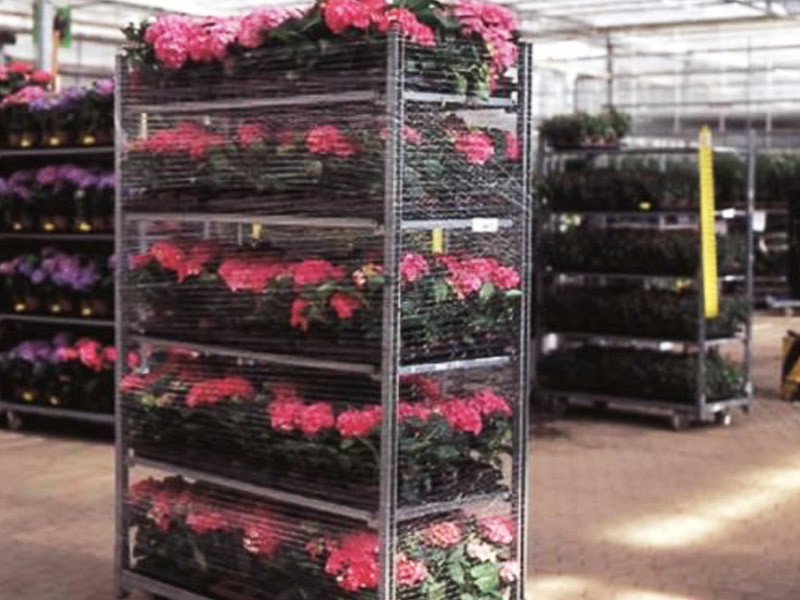Pallet netting solutions serve as invaluable assets in […]
Pallet netting solutions serve as invaluable assets in the realm of logistics and shipping, offering a myriad of benefits that contribute to the prevention of damage and loss during transportation. These versatile netting systems play a pivotal role in enhancing the overall safety and security of goods, ensuring that they reach their destination in optimal condition.
The primary function of pallet netting lies in promoting load stability. By creating a secure containment barrier around palletized goods, the netting prevents items from shifting or falling during transit. This is particularly crucial for delicate or irregularly shaped products that might be susceptible to damage through movement. The netting acts as a stabilizing force, reducing the risk of breakage and ensuring that the cargo arrives intact.
In addition to stabilizing the load, pallet netting serves as a protective shield against environmental factors. Rain, dust, and debris pose significant threats to goods during shipping, potentially compromising their quality. Pallet netting acts as a barrier, shielding the items from adverse weather conditions and external contaminants. This protective layer is instrumental in preserving the integrity of the goods, especially when exposed to varying climatic conditions during transportation.
Pallet netting solutions also address the challenge of damage prevention during pallet stacking. As pallets are stacked to optimize shipping space, the pressure on lower-level items can result in damage. Pallet netting acts as a cushion, evenly distributing the load and minimizing the risk of crushing or breakage. This is particularly beneficial for fragile or sensitive products that require extra care during transit.
Moreover, pallet netting facilitates secure containment for loose items. In situations where products are not tightly packaged or have irregular shapes, the netting prevents smaller items from falling off the pallet and potentially getting lost or damaged. This containment feature ensures that all components of the shipment remain intact and reach their destination as intended.
The utility of pallet netting extends to improving stability in double-stacking scenarios. Double-stacking pallets is a common practice to optimize space in shipping containers. Pallet netting provides an added layer of stability in such configurations, reducing the likelihood of items shifting or toppling during transit. This enhances the overall efficiency of the shipping process while maintaining the integrity of the goods.
Furthermore, pallet netting acts as a deterrent against theft or pilferage. The netting adds an additional layer of security, making it more challenging for unauthorized individuals to access or tamper with the contents of the pallet. This security measure is essential, especially in instances where valuable or sensitive items are being transported.
Businesses also benefit from the cost-effective nature of pallet netting as a damage prevention solution. While investing in quality netting, companies can significantly reduce potential losses incurred from damaged or lost goods during transit. The proactive use of pallet netting proves to be a judicious financial decision, ensuring that the value of the shipped items is preserved.
Pallet netting solutions offer a holistic approach to preventing damage and loss during shipping. Through load stability, environmental protection, damage prevention in stacking, secure containment, and deterrence against theft, pallet netting emerges as a versatile and indispensable tool in the logistics chain. Businesses that prioritize the implementation of pallet netting not only safeguard their goods but also streamline their shipping processes for greater efficiency and reliability.



 WhatsApp:+8613626888261
WhatsApp:+8613626888261